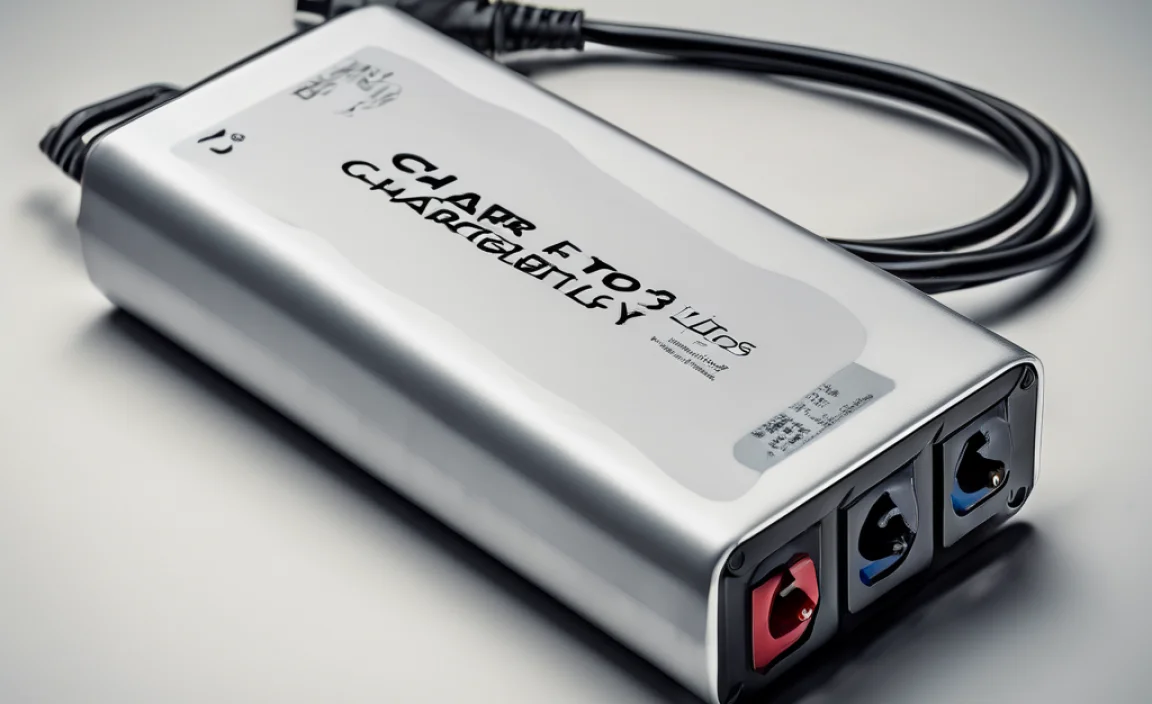Adaptive Tools for the Blind: Exclusive & Effortless
Adaptive tools for the blind and visually impaired are revolutionizing how individuals navigate the world, access information, and connect with others. Far from being niche or complex, these innovations are becoming increasingly accessible, offering exclusive functionalities that empower users with an effortless and enriched daily experience. The landscape of assistive technology has expanded dramatically, moving beyond basic magnifiers and braille displays to encompass sophisticated smart devices, AI-powered applications, and intuitive hardware designed for seamless integration into everyday life. This evolution means that individuals with vision loss now have an unprecedented array of options to overcome barriers and live more independently and productively.
The core principle behind these adaptive tools for the blind is to compensate for visual impairment, providing alternative sensory pathways for information intake and interaction. This can involve translating visual data into auditory or tactile formats, enhancing existing visual cues through magnification or contrast adjustment, or offering entirely new ways to interact with technology and the environment. The focus has shifted from mere accessibility to achieving a level of exclusivity in experience, where users can engage with digital content, navigate unfamiliar spaces, and perform tasks with a fluidity and sophistication previously unimaginable. This transformation is not simply about overcoming limitations but about unlocking new potential and fostering genuine inclusion.
One of the most significant advancements lies in screen readers and voice control technologies. These have moved far beyond basic text-to-speech. Modern screen readers offer highly customizable voices, speeds, and intonation, making digital content consumption more natural and less fatiguing. Coupled with sophisticated voice command systems integrated into smartphones, computers, and smart home devices, users can operate their technology with just their voice, from composing emails and browsing the web to controlling lights and thermostats. This hands-free operation offers an unparalleled level of effortless control, allowing for multitasking and a more fluid interaction with the digital realm.
The Exclusivity of Advanced Navigation and Orientation Aids
Beyond the digital world, adaptive tools for the blind are also transforming physical navigation. GPS-enabled canes, wearable navigation devices, and smartphone applications offer increasingly precise and intuitive guidance. These tools go beyond simple turn-by-turn directions. Some can identify specific landmarks, alert users to obstacles in their path, and even read out street signs and business names. The exclusivity here lies in the newfound confidence and independence these devices provide. Navigating unfamiliar cities or complex indoor environments, once a daunting prospect, can now be approached with a sense of assurance, allowing for spontaneous exploration and reduced reliance on others. The integration of AI is further enhancing these capabilities, enabling devices to learn user preferences and adapt to dynamic environments.
Optical Character Recognition (OCR) technology has been a game-changer for reading printed materials. Previously, OCR was often slow and error-prone. Today, smartphone apps and dedicated scanning devices can instantly read text from documents, labels, menus, and even handwritten notes. This capability is remarkably effortless, requiring simply pointing the device at the text. The information can then be spoken aloud, converted to braille, or displayed in a magnified format on a screen. This opens up a world of information previously inaccessible, from reading product ingredients and medication instructions to enjoying books and magazines without delay. The exclusivity is in the immediate and ubiquitous access to printed information.
Embracing Effortless Interaction with Smart Devices
The proliferation of smart home technology has also provided a wealth of adaptive tools for the blind. Voice-controlled assistants, smart lighting, thermostats, and security systems can be integrated into a cohesive, accessible ecosystem. Imagine being able to adjust room temperature, turn on lights, lock doors, or even brew coffee with a simple spoken command. This level of integration makes managing one’s living space incredibly effortless. The exclusivity comes from the ability to control one’s environment with a level of convenience and sophistication that rivals, and in some cases surpasses, that of sighted individuals. The setup and management of these devices are increasingly designed with accessibility in mind, often featuring clear audio prompts and simplified interfaces.
For those who prefer or require tactile feedback, advanced braille displays and refreshable braille devices are becoming more sophisticated and portable. These devices can connect to computers and smartphones, providing real-time braille output of screen content. The latest iterations offer higher resolution, greater portability, and increased functionality, making them essential tools for students, professionals, and avid readers. The exclusivity here is the direct, tactile engagement with information, offering a nuanced understanding of text and data that can be crucial for learning and work. The effortless nature of these devices stems from their seamless integration and intuitive operation.
The future of adaptive tools for the blind promises even more integration and intelligence. Wearable technology, augmented reality, and advanced AI are poised to further blur the lines between the digital and physical worlds, offering unprecedented levels of independence and opportunity. From AI-powered visual interpretation glasses that describe the surroundings to haptic feedback suits that convey spatial information, the possibilities are vast. The ongoing development in this field ensures that these tools will continue to evolve, offering increasingly exclusive functionalities and making them more effortless to use, ultimately fostering a world where vision loss is no longer a significant barrier to full participation and enriched living.

